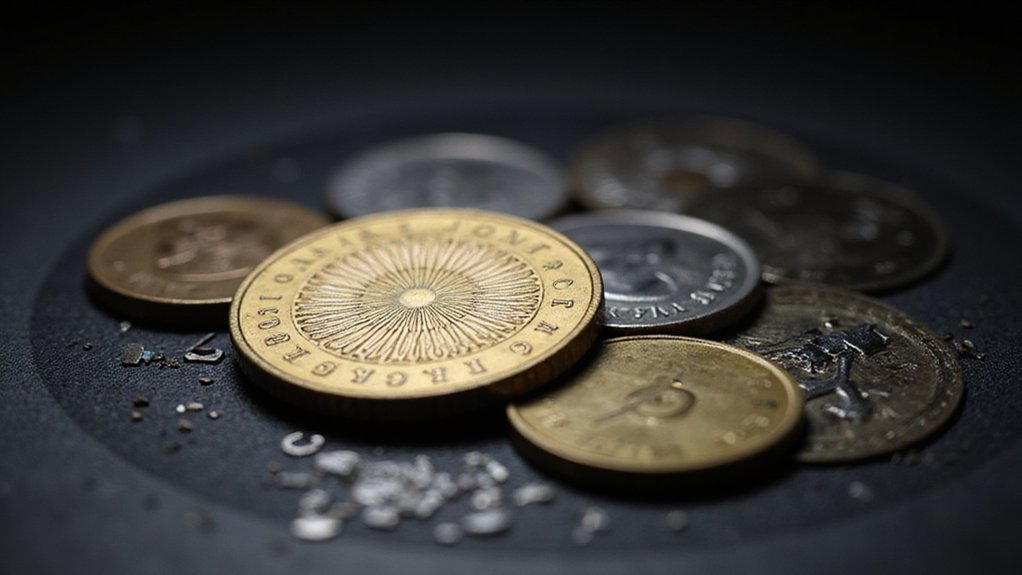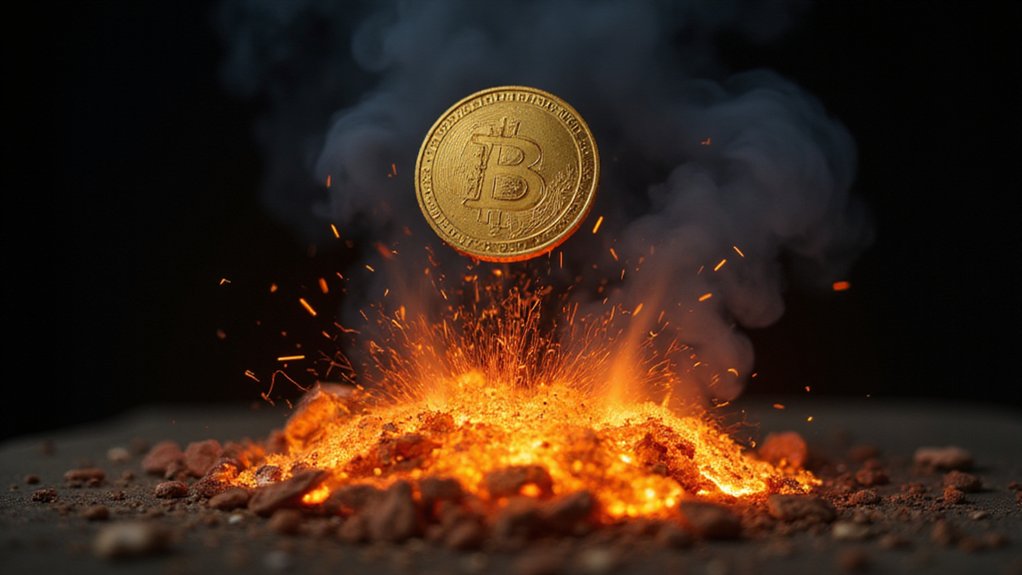Innovation in the blockchain space—often characterized by grandiose promises and underwhelming delivery—appears to have found a compelling new contender in Quai Network, which launched its mainnet on January 29, 2025. This EVM-compatible platform delivers an impressive 50,000+ transactions per second without sacrificing the decentralization principles that crypto purists hold dear.
Quai’s technological backbone rests on its novel Proof of Entropy Minima (PoEM) consensus mechanism, which enhances transaction finality while reducing delays—a persistent challenge for established chains. This approach, coupled with dynamic sharding that adapts to user demand, enables Quai to maintain performance under varying network conditions (a feat many predecessors have attempted with limited success).
The network’s economic architecture features a dual-token system—$QUAI and $QI—designed with complementary utilities. While $QUAI serves as the primary utility token powering dApps and smart contracts, $QI functions as an energy-backed stablecoin pegged to real-world energy costs. The platform utilizes merged mining capabilities to secure its multi-threaded architecture without requiring additional energy consumption. The network positions $QI as the world’s first decentralized energy dollar, helping users find alternative value as traditional money loses meaning.
This stablecoin innovation potentially addresses the centralization vulnerabilities plaguing conventional fiat-backed alternatives.
February 3, 2025 marks Quai’s Token Generation Event, a watershed moment that will distribute tokens and further catalyze network development. Industry analysts are paying particular attention to Quai’s positioning as a leader among scalable Proof-of-Work networks—a category many had prematurely eulogized following Ethereum’s switch to Proof-of-Stake. As the broader cryptocurrency market trends toward significant growth, Quai’s timing aligns with predictions of institutional adoption driving the next wave of blockchain innovation.
What distinguishes Quai from the parade of “Ethereum killers” is its pragmatic approach to scalability. Rather than reinventing the wheel, it maintains EVM compatibility while introducing innovations that address blockchain’s persistent trilemma of security, decentralization, and scalability. The combination of PoEM consensus with dynamic sharding represents a thoughtful evolution rather than revolution.
For developers seeking high-performance blockchain infrastructure without abandoning their Ethereum codebases, Quai offers a compelling proposition. Whether this technological promise translates into widespread adoption remains to be seen, but Quai Network has certainly constructed a foundation worthy of consideration in the competitive Layer 1 landscape.







